I Just Had 20,000 Slides Returned from Sports Illustrated
![]()
Ever since I was a kid, I loved saving stuff. I saved all my baseball cards in rubber band stacks in shoe boxes. I collected stacks and stacks of 7-Eleven Slurpee baseball cups in 1973. Every San Francisco Giants yearbook and media guide going back to the early 1960s? Yup, got them too.
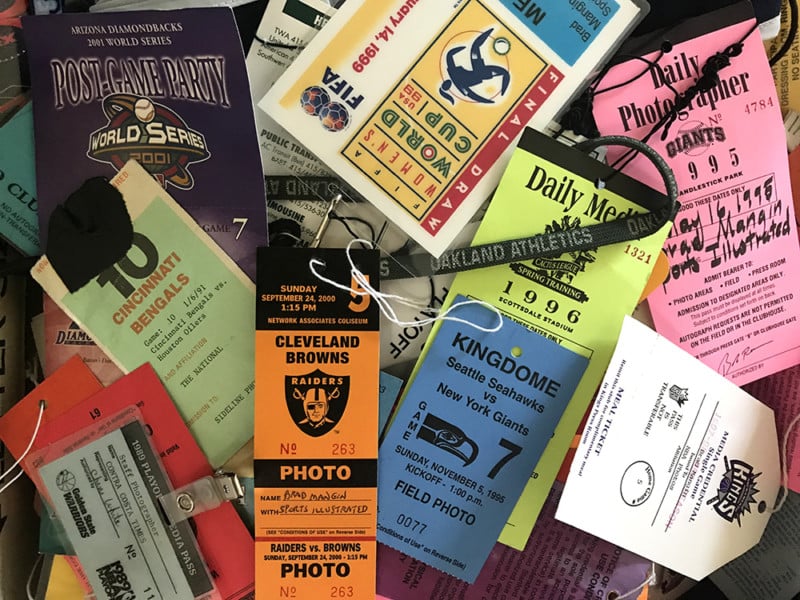
Once I started taking pictures with a 35mm SLR in high school shooting for Paul Ficken’s basic photo class at Washington High School in Fremont, California in 1982 I saved all my negatives. I didn’t realize at the time how important those original negatives were — I just saved everything.
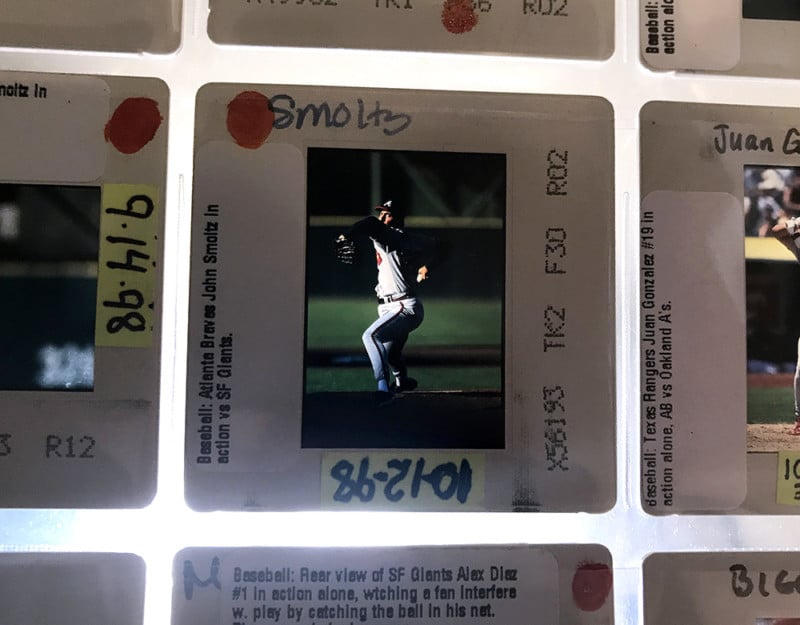
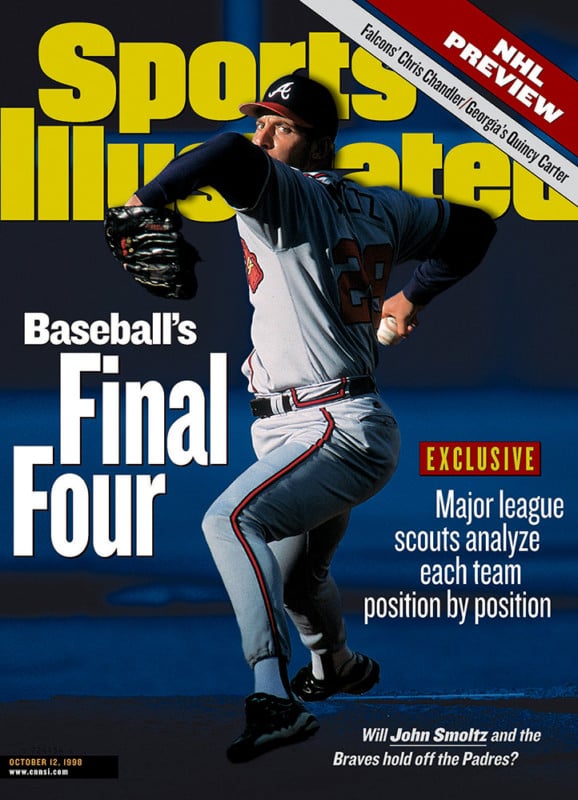
Here we are in 2017 and I am glad my obsession with keeping stuff carried over into my photography. This maniacal attitude combined with great advice I received early on from mentors like Neil Leifer taught me to fight like hell to keep my copyright and retain ownership and control of my images. In the old days, this meant my chromes — my 35mm color transparencies. There is nothing like a properly exposed, sharp, color slide viewed on a light table through a Schneider loupe. These magical squares are valuable, that’s why clients always tried to keep them.
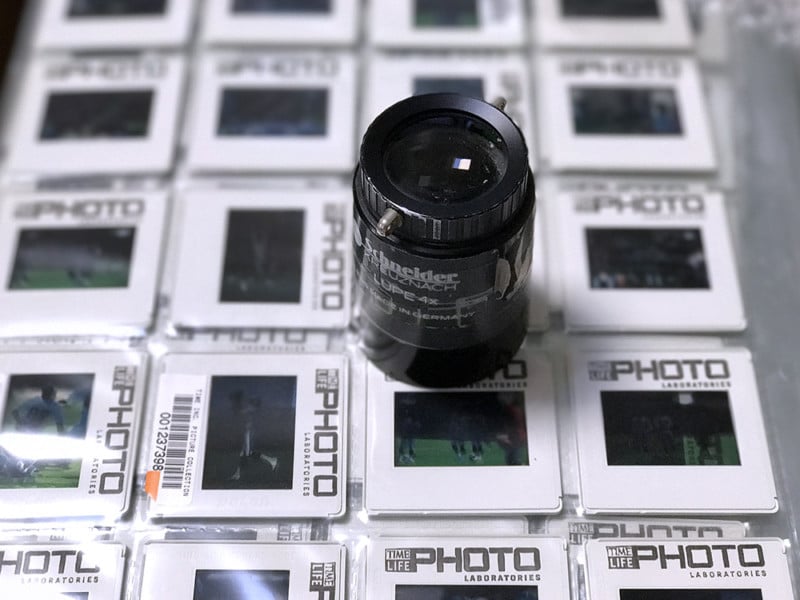
I was lucky to freelance regularly for one of the greatest editorial clients for almost 25 years — Sports Illustrated. The magazine was such an amazing place to work when I started shooting for them at the end of 1992. One of the many great things about shooting for the magazine was you shot gorgeous Fujichrome RDP 100 ASA slide film. Simply pick up the phone, call the amazing Mel Levine in the lab and ask him to send you a few hundred rolls of film, some small-core Duct tape, and a few cans of Dust-Off.
After shooting and shipping my film from a baseball or football game I would get the outtakes back via FedEx in a few weeks. I was free to send those slides out to a stock agency to make secondary income by licensing the images in a partnership with an old school agency like Duomo. The magazine kept “selects” from each assignment that were in their files to be used as stock pictures in future issues of the magazine and various other Time Inc. publications.
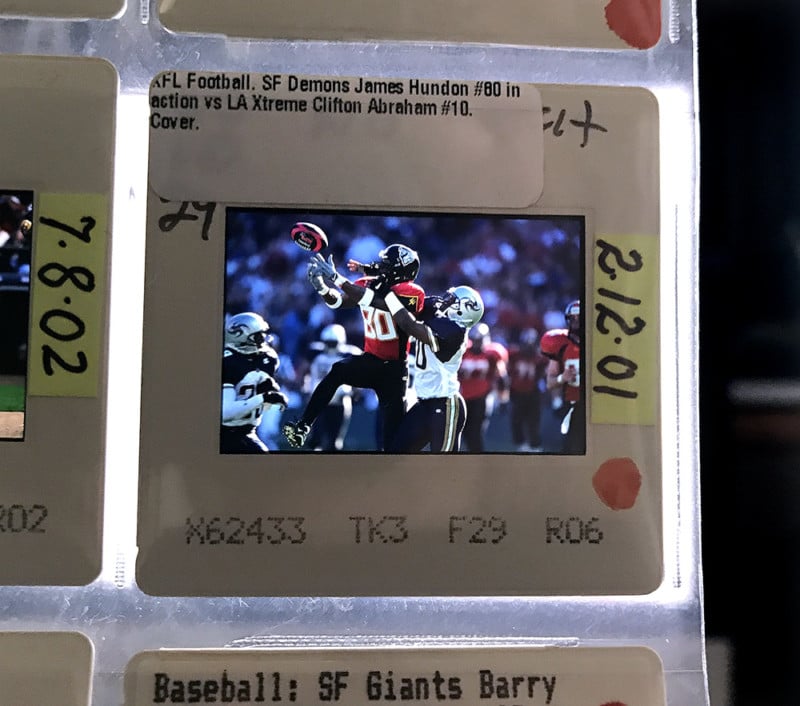
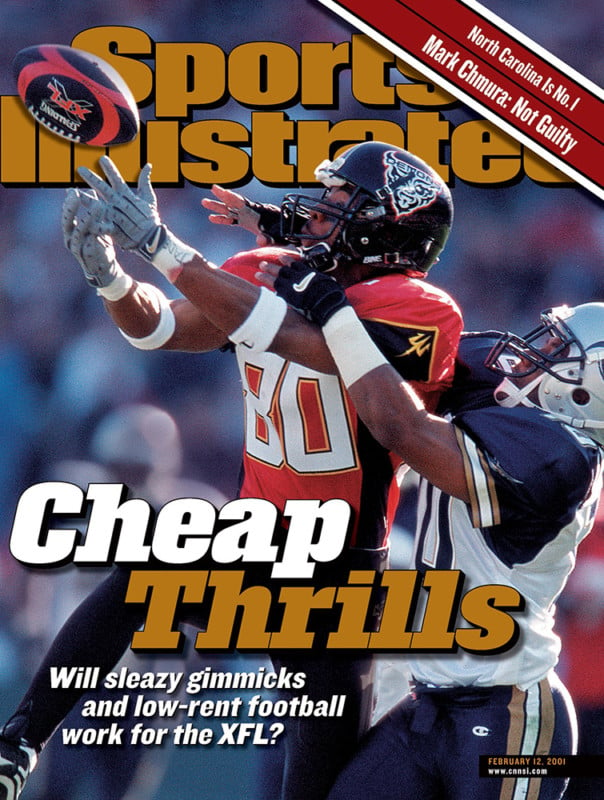
Every time they used one of the images I would get paid a space rate. The images were also licensed to commercial and editorial clients through Sports Illustrated Pictures Sales, run by the incomparable Karen Carpenter. During the heyday of space rates and stock sales, there were times when I would have as many as seven checks from Time Inc. in my mailbox on a given day. Let me tell you it made going to the mailbox pretty damned exciting!
Once the Internet was invented — it did not exist when I started! — and having an online archive became a reality, I jumped at the chance to have all of my digital files captioned and searchable via PhotoShelter when they started in 2005. Once I realized the power of gaining control of my copyrighted images I knew I had to start having my old slides scanned.
I started shooting digital full-time in 2003 so my slides had an end in 2002. This meant it was a project that I could see to the finish since I would not be shooting any more chrome. In 2009 I started getting some slides back from my old agencies that were cleaning out their files. Between Duomo and Major League Baseball Photos I got back thousands and thousands of beautiful originals. Many of these were worthy of scanning and captioning for my archive so I began the process.
I had my last big batch of slides scanned, captioned, and uploaded to my gallery in 2013. By this time the number of slides scanned was near 6,000 dating back to 1987. It was pretty exciting being able to conduct searches in my archive and find old pictures that would be invisible if they were still in boxes. You can’t find photographs like this and get them to clients quickly if they are not scanned, captioned and online. At this time I had taken control of pretty much every good image I could get my hands on. Except for one pot of gold that resided in a building in New Jersey.
Since I shot hundreds of assignments for Sports Illustrated on slide film from 1992-2002 I knew there were thousands of my “selects” in their archive that had been moved out of the basement of the Time Life Building several years ago and were now housed in New Jersey. The publishing business has tanked so badly in recent years that there is no chance these slides would ever be scanned by the magazine. Ever since Time Inc. spun off the magazine division into a separate company and moved out of the Time Life Building to save money there have been rumors of all of the magazines being for sale. Revenue keeps falling and its stock is way down again this year.
I know, love, and trust the few remaining people in the Sports Illustrated photo department led by Director of Photography Marguerite Schropp. However, not knowing what the future might hold for the magazine, especially if and when the company was sold I felt it was time to pull the trigger and get my slides back. The prospect of getting this stuff back was very exciting to me. These were the best pictures I shot for the magazine. These were slides I HAD NEVER SEEN BEFORE. There had to be some great stuff that would be a wonderful addition to my ever-growing online archive of over 93,000 images. I finally called the amazing Karen Carpenter in January of 2017 telling her I wanted my stuff back. I told her I was in no hurry, I just wanted the slides back so I could take control of the images. Soon after she emailed me a list of assignments telling me the pull from the library would be from close to 350 assignments. This would be lots of slides!
In March I heard from Karen that they were ready to send the slides to my house. The total shipment was 20,000 slides in plastic sleeves in three large boxes weighing a total of 80 pounds. I couldn’t wait to see this stuff! As an added bonus there was a separate small box of every slide that was ever published in the magazine, including originals that were used for covers and Leading Off’s.
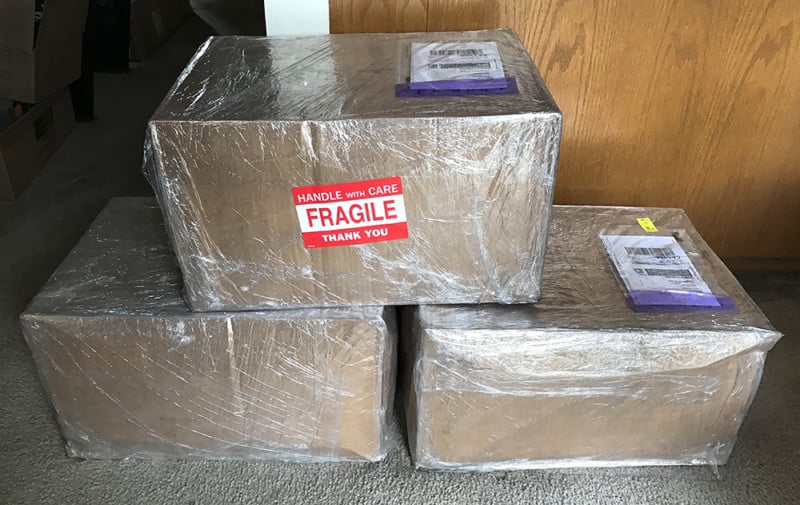
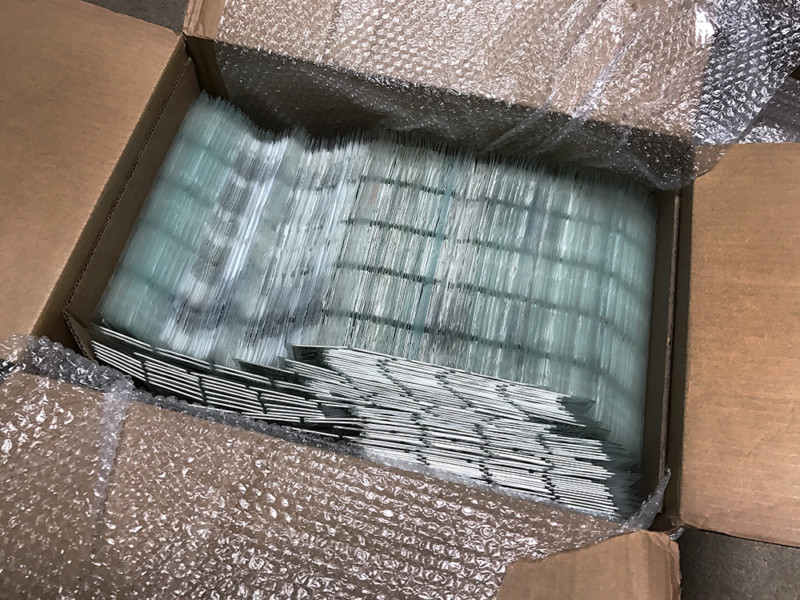
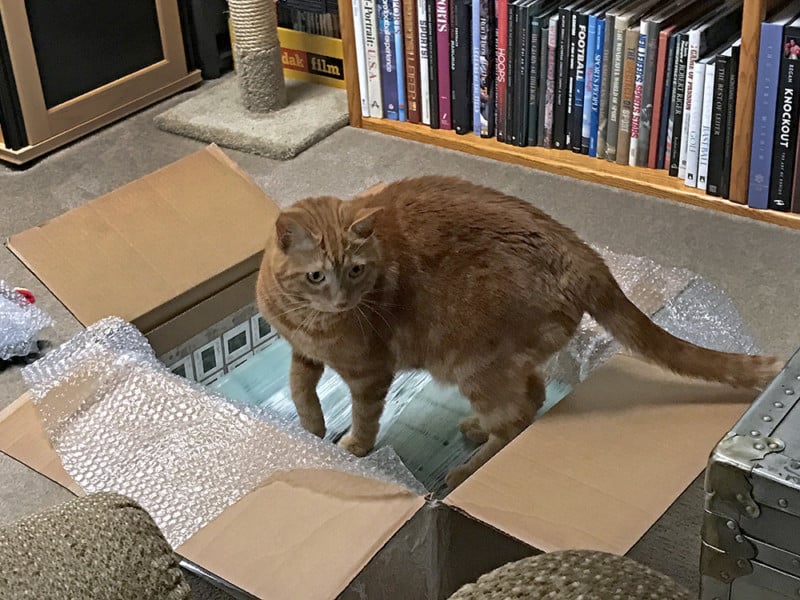
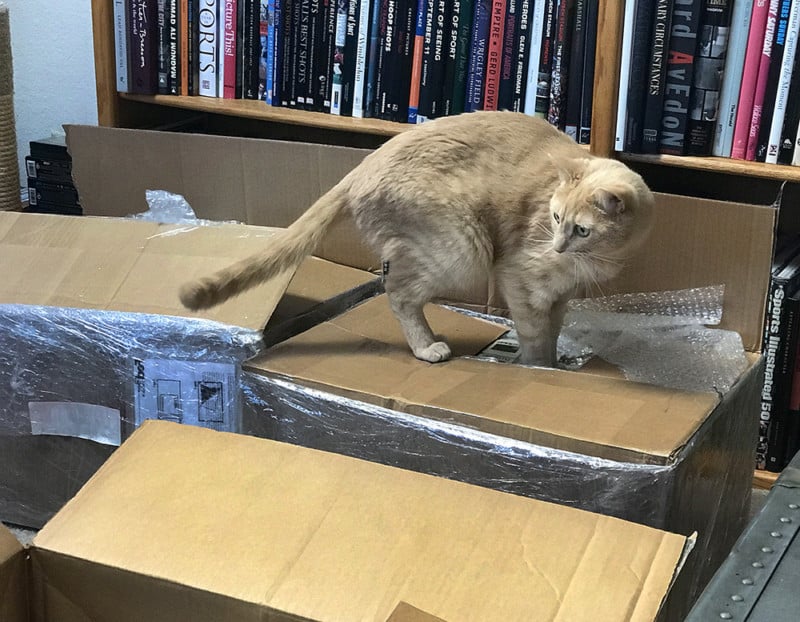
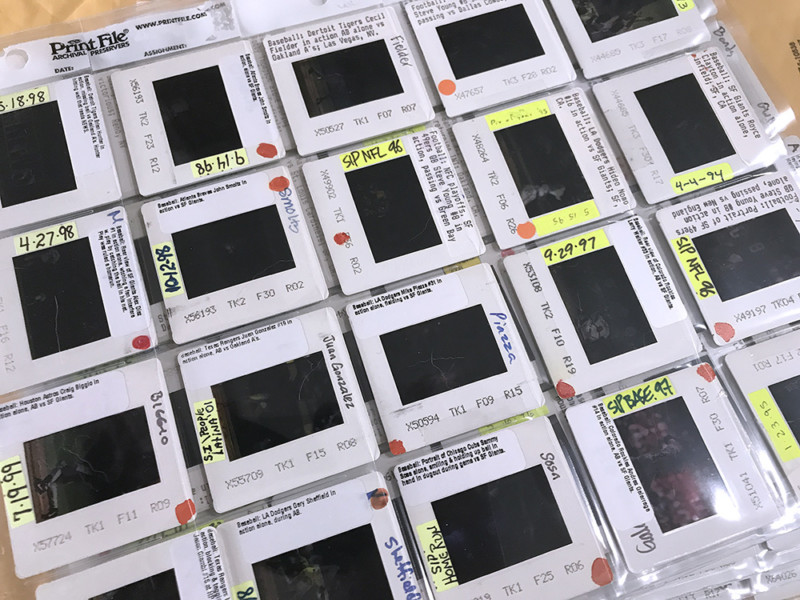
Having never seen these chromes, it was a special feeling being able to hold them in my hands for the first time. It took me a few days to go through the boxes and when I was done I had 518 slides pulled that I wanted to have scanned. What a trip down memory lane! This journey brought back so many fun memories of great baseball and football games I had shot. And let’s face it, there is nothing like looking at chromes from a 49er game on a gorgeous November afternoon at Candlestick Park. If you were ever there with a bag full of Fujichrome you know what I am talking about.
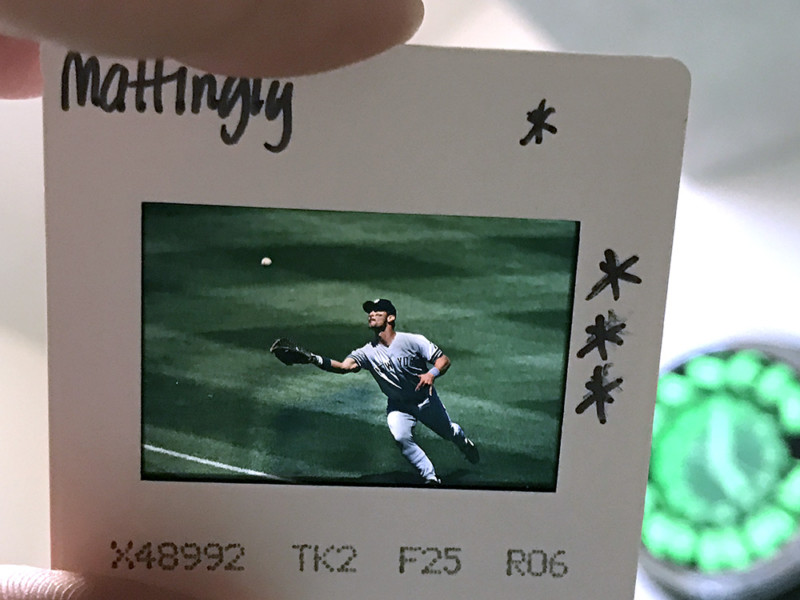
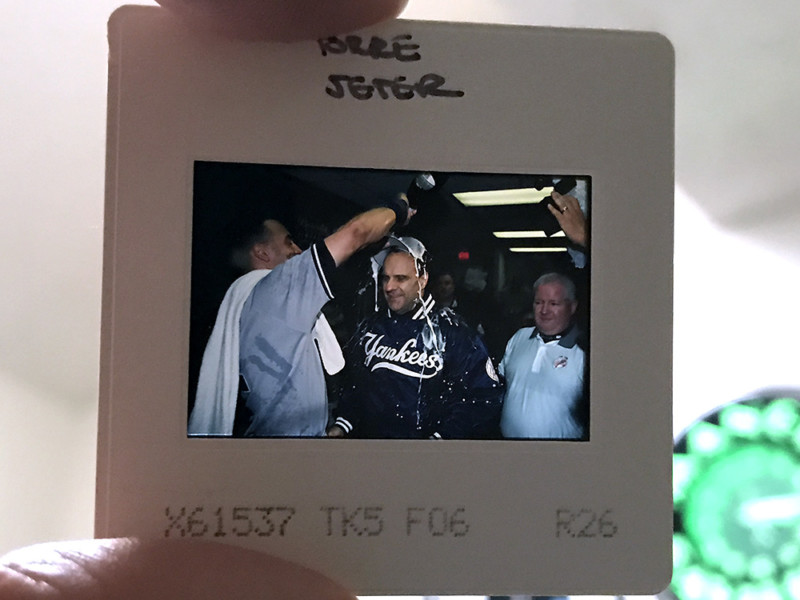
Next up I had to find a place to scan my stuff. I knew prices had come down since I last had slides scanned, but of course, I don’t trust just anyone with my originals and I don’t want to send my stuff out of the country. Luckily through my friends at PhotoShelter I found the fabulous Julie Morris, who is the president of FotoBridge in New Jersey. These people would be an ideal place for me and many other friends to work with if they did a good job.
I called Julie and immediately knew that she “got it” and understood the industry and what people like me needed. She told me they had scanned 250,000 slides for NHL Images, scanned 40,000 slides and negatives for the Kansas City Chiefs, and 25,000 slides and negatives for the Minnesota Vikings, to name just a few of their big sports clients. I told her I needed pro scans at 4,000 DPI to give me 50 megabyte TIFF files and she told me they would cost under a dollar apiece. I could not believe it! I decided to give them a try and see what happened. Two weeks later and I could not be happier with the scans I got back from FotoBridge.
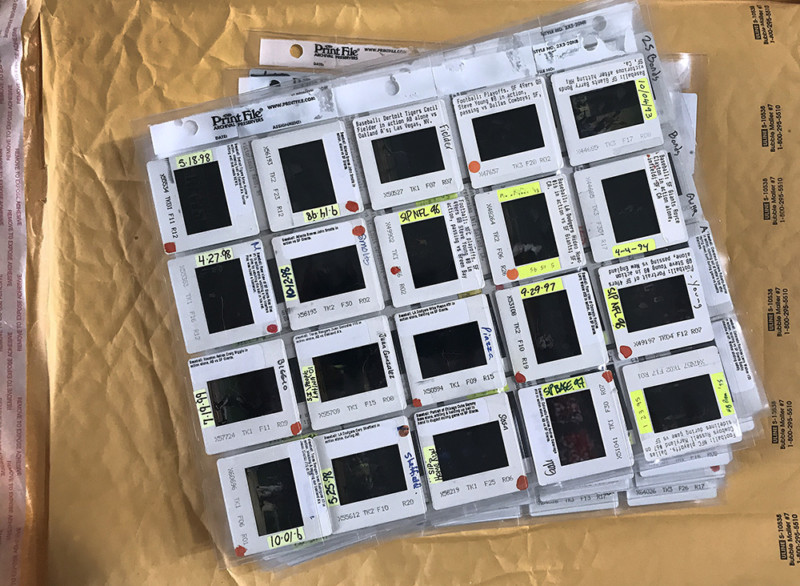
After spending a few days of trimming the black borders and making the files look as perfect as possible in Photoshop I am ready for the worst part of this entire project- the captioning. I am a freak in so many ways and need to have my captions as accurate as possible with the date of the game if possible, and at worst the year. Luckily over the years, I have memorized all the uniform and patch changes from year-to-year that distinguish different seasons. I also just happen to remember some of the games from looking at the images.
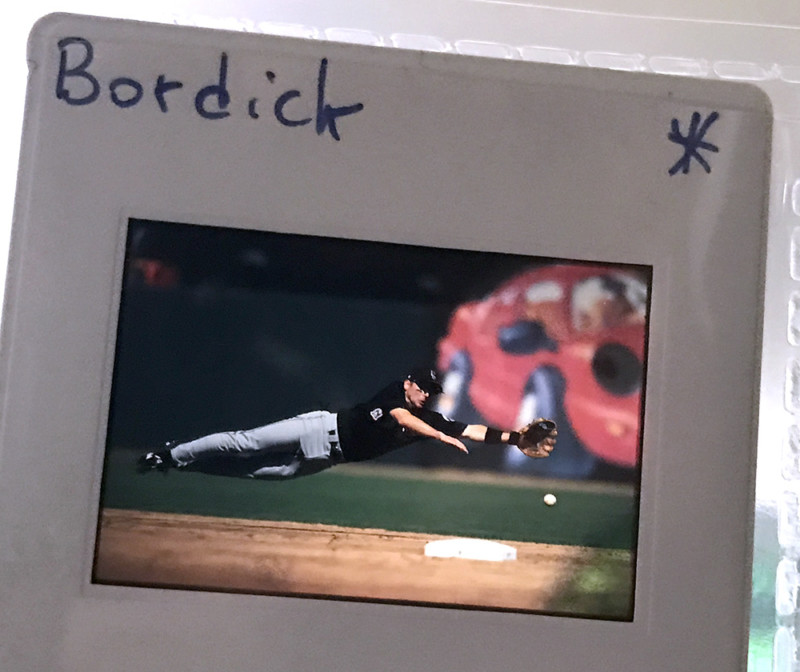
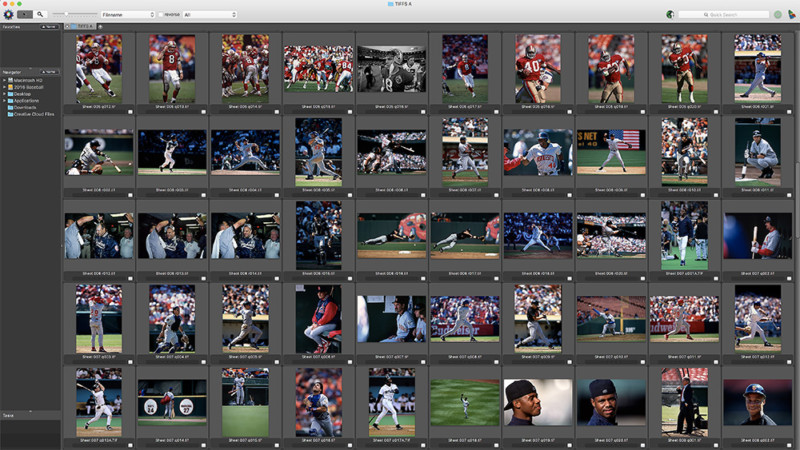
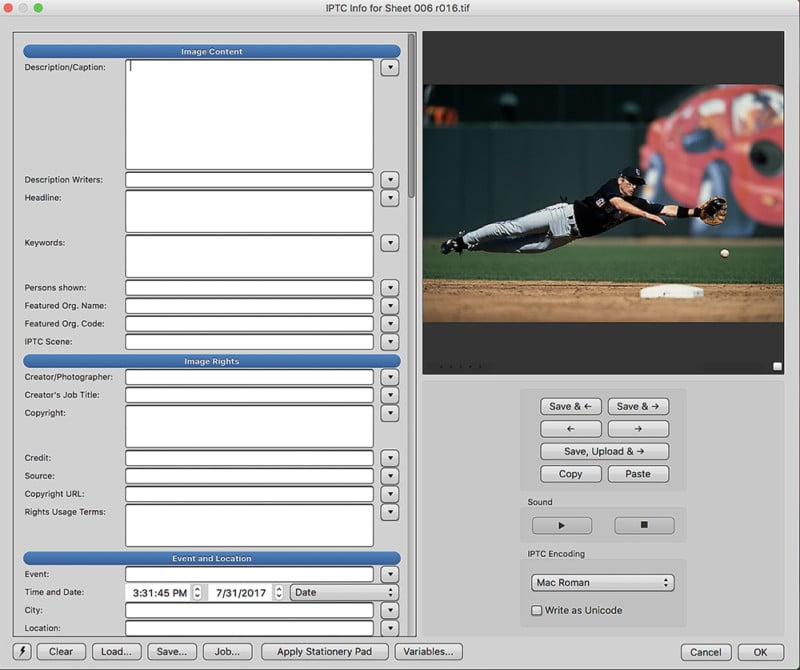
Of course the business of licensing sports images as stock has completely gone to hell, so great timing, right? Well, s**t! These are my images and no one can take them away from me. Yes, I know that many of these images used to be able to fetch good money as stock but now are only worth pennies thanks to all the lame wire services that have been giving away content for cheap and/or free for the past decade.
I have often said that I used to think my archive would be my retirement but now it’s as worthless as a box of Joe Charboneau rookie cards. However, I also hold out hope that there are still some people out there who like dealing with individual artists and I am ready for them. In fact, in the past month, I have licensed many old football scans for an upcoming book project that has brought in a nice check. You never know.
The moral of this story? Take control of your images. Period. End of story.
About the author: Brad Mangin is a freelance sports photographer based in the San Francisco Bay Area. He regularly shoots for Major League Baseball, and between 1993 and 2016 he was a regular contributor to Sports Illustrated. He’s also a founder of SportsShooter.com. You can find more of Mangin’s work on his website, online archive, Twitter, Instagram, and Facebook. This article was also published here.